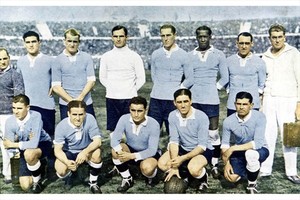Back disorders are a leading cause of health concern among many adults in the United States. But, in many cases, back pain and back disorders are not limited to only the adult population. For many children, including teenagers, the sudden complication of a back disorder can lead to impaired activities of daily living.
Scoliosis, while commonly thought of as a condition of childhood, is often found in delayed form in teenagers. Known as adolescent scoliosis, teenagers who experience the sudden onset of back pain are often quite surprised to learn they suffer from a complication such as scoliosis, even when from an unknown cause and origin.
The onset of severe scoliosis in teenagers is becoming an increasing more common. For parents of a teenager, it is important to obtain annual physical examinations for your adolescent, even if the teen is not participating in any extra curricular activities in school that would require such an examination.
As part of the routine physical examination of an adolescent, your child’s physician should examine for complications associated with adolescent onset scoliosis. To do this, physical examination of the hips and spine are important as well as obtaining x-rays of the same.
When x-ray examination of the spine reveal the teenager suffers from a curvature of greater than 10 degrees, the diagnosis of adolescent onset scoliosis is usually given. Once this diagnosis is confirmed, the goal of your child’s physician will be to prevent the further progression of the curvature in the spine. As a general rule, if the curvature remains less than 15 degrees, no treatment will be necessary. However, regular follow up with the physician, for x-ray evaluation, will be necessary to continually monitor the curvature.
When the curvature of the spine is greater than 15 degrees, your child’s physician may want to begin discussing options to correct the curvature, commonly known as bracing or the use of TLSO, thoracolumbar-sacral orthosis. Because teens tend to be non-compliant in brace usage, many parents will find the use of the brace to be quite challenging but, when curvature reaches 50 degrees, it becomes mandatory.
In lieu of bracing, adolescents with curvatures that reach 45 degrees will usually begin to consider spinal surgery as part of their treatment plan. Spinal surgery involves the placement of a rod and bone grafting to correct the curvature. In adolescents with a curvature of less than 45 degrees, surgery is not indicated but discussions about surgery should begin as the curvature shows signs of reaching this degree.
As with any complication associated with a back disorder, the key to you child’s optimal growth and development lies in the early detection and treatment of the complication. While many children undergo routine physical examinations each year, before school, as part of this exam it is prudent to request that your child be evaluated for adolescent onset of scoliosis. While rare, it can occur for no apparent reason at this late stage of the teenager’s development.







